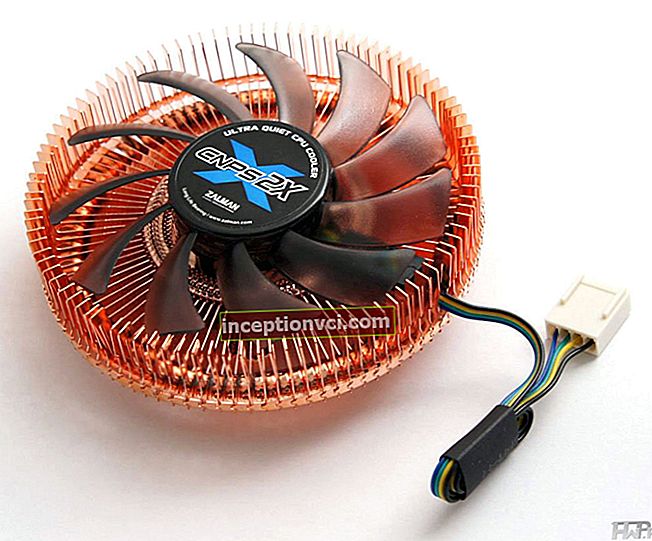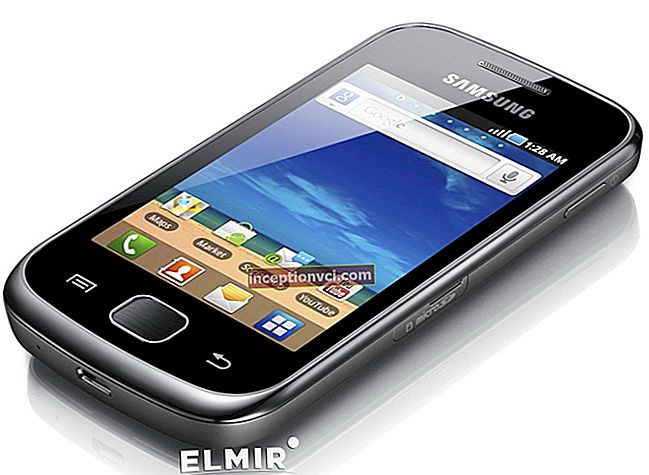The wetsuit provides buoyancy and streamlining. Due to this, swimming speed is improved. The thicker the material, the higher you lie on the water and the less resistance you encounter. Thick fabric (8-10 mm) is more difficult to stretch, so these models have tabs where the density is different.

A "dry" or a "wet" wetsuit?
The "wet" water gets inside, but does not circulate, so the heat is not consumed. It is heated by the body and maintains a comfortable temperature.
The quality of neoprene (foam rubber) is determined by two parameters - stretching and recovery. The suit should fit snugly around the body. The more elastic, the better it retains heat. The model with a spray on the inside is easier to put on and take off.
The lycra suit is very thin. It does not warm at all, but only protects from the sun and jellyfish.
Watch the video review of the Scorpena
How to choose a wetsuit by thickness
For swimming in summer, you need a short overalls up to 3 mm thick. Frozen - up to 5 mm. This one stretches and is not felt on the body.
For swimming in cold water, it is worth taking a long overalls with a thickness of 8-10 mm. Preferably made of rubberized fabric. It feels like emery. It rubs against water worse, so it glides better. For spearfishing and diving this is a good thing: less energy is spent when you swim. Nylon stores water, and it drips off the rubber. True, such a suit is often torn and scratched.
It is believed that under water a fish does not perceive a hunter in camouflage as a solid object. She is not afraid. Camouflage does not heat up in the sun as much as black material.
Which wetsuit is best to wear depends on the temperature of the water. See the table for a summary.
| Suit type depending on water temperature | Thickness | Note |
| Short (22-25 ° C) | 2 mm and thinner | Sits on the body like a second skin. |
| Long, semi-dry (18-21 ° C) | 3-5 mm | It has buoyancy. Those who learn to swim will be helped. Those who are engaged in spearfishing will interfere and will have to use weights. |
| Long, dry (12-17 ° C) | 6-8 mm | Creates tangible obstacles, it is uncomfortable in it. |
| Long, dry (below 12 ° C) | 9 mm and more | This is already like a spacesuit with the ensuing consequences. In tandem, they wear hydro helmet, hydro shoes and gloves. |
It will be wise to choose the right wetsuit by the location of the zipper. This is a trifle, but significant.
- The back zip model is easier to put on. However, water seeps in, even though the zipper is protected by a Velcro fastener in the neck area.
- A suit with a front zip is harder to put on, but less likely to leak water thanks to the shortened zipper and drainage system.
- A wetsuit without a zipper is not felt on the body and absolutely does not hinder movement. A tightening system is used instead of a rigid zipper.
Watch the video review of the Marlin Sarmat Eco Camo wetsuit
How to choose the right size for your wetsuit
The thicker the wetsuit, the more carefully the size is selected. Each manufacturer makes size tables for their models. Suitable or not suitable - conclusions only after fitting. To choose according to the table, you need to know your height, chest, waist, hips and neck. But often two sizes are enough - height and chest girth. For standard shapes, the rest of the dimensions in the table can be neglected. If in doubt, call the seller and consult. It is necessary to clarify the possibility of replacing the wetsuit when it does not fit.
Better to try on at home, in the bathroom. Rinse your wetsuit inside and out. Then make a concentrated soap solution and wet the inside of the suit well.Lathery spreads quickly over the body, it will be easier to understand whether it is suitable or not. Then take off your clothes, rinse and put the suit on your naked body. Pants first, then jacket. Try it on carefully so as not to damage the surface.

- Get dressed and inspect yourself
The wetsuit should fit snugly to the body, not wrinkle or puff up.
- There should be no emptiness in the groin.
- The helmet should tightly cover the ears and forehead, and not slip when lifting the head from the chin.
- The bottom of the jacket is not a skirt. When fixing with a plastic clip, make sure that the tape does not stretch or dangle.
- The sleeves and legs should be of the right length so that there is no desire to pull them up or roll them up.
- The neoprene should fit snugly across the entire surface. When pulled and released, the material quickly returns to its place and does not bubble.
- Move in a wetsuit
Bring your arms together, spread apart, try to breathe deeply, turn your head, squat. At the same time, there should be no feeling that the material is strongly stretched and may tear.
- Take your time to take off your suit
You are in it for hours. Walk for 5-10 minutes to determine if it is relatively comfortable in it. Relatively - because even the most correct wetsuit will create discomfort.
Watch the video on how to put on a women's swimsuit









